What is PPDT in SSB Interview? A Complete Guide for Aspiring Candidates
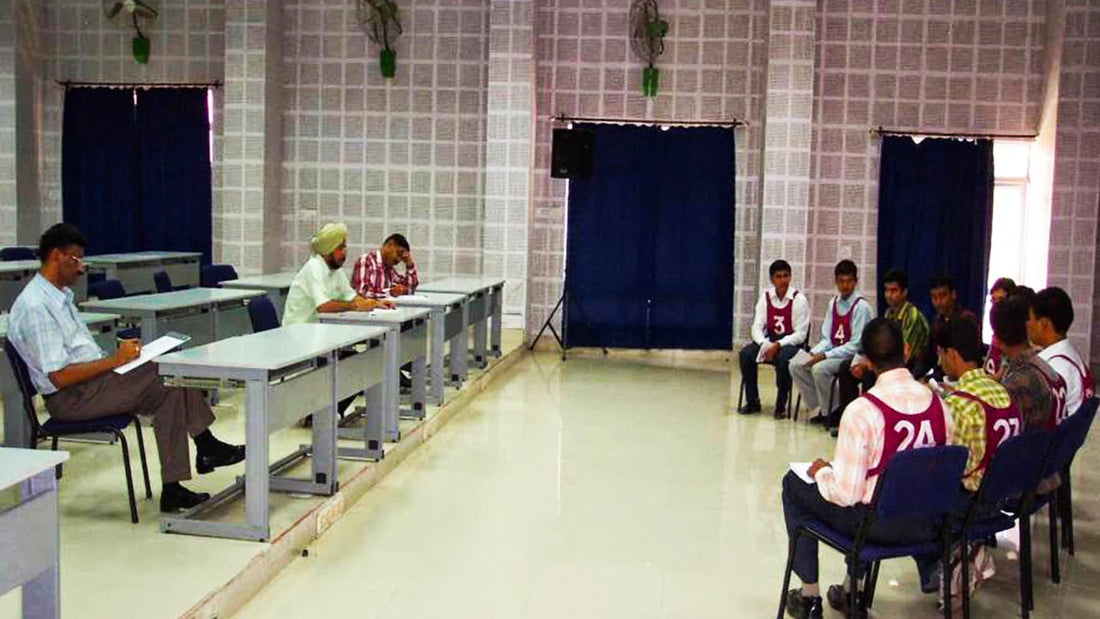
The Services Selection Board (SSB) Interview is a crucial step for anyone aspiring to join the Indian Armed Forces. It is designed to test not only your academic knowledge but also your personality, decision-making skills, and leadership qualities. One of the most important components of the SSB Interview’s Stage-I testing is the Picture Perception and Discussion Test (PPDT). In this article, we will explore what PPDT entails, why it is significant, and how you can prepare effectively to stand out among the competition.
What is PPDT in SSB Interview?
PPDT stands for Picture Perception and Discussion Test. It is a part of the Stage-I screening process in the five-day SSB Interview procedure. As the name suggests, this test assesses your ability to:
- Observe: How you perceive the details and nuances in a given picture.
- Imagine: How you form a logical story based on the elements you identify in the image.
- Articulate: How effectively you communicate your observations, story, and viewpoints with a group.
Why is it Conducted?
- Initial Screening: PPDT helps the Selection Board filter out candidates who may not possess the fundamental mental aptitude and communication skills necessary to proceed to the further stages.
- Personality Assessment: Through the test, assessors gauge qualities like creativity, logical thinking, clarity of thought, and how you behave in a group discussion setting.
The Format of PPDT
-
Picture Projection
A blurry or ambiguous picture is shown to the group for about 30 seconds. This could include a scene with people involved in various activities. The lack of clarity in the picture encourages you to use your imagination while still remaining logical and observant. -
Story Writing
After viewing the image, you are given approximately four minutes to pen down:- The number of characters you see, their age, gender, and mood.
- The action taking place.
- A short story describing what led to the situation, what is happening at that moment, and the eventual outcome.
-
Individual Narrative
Each candidate then narrates their story to the group, typically in under a minute. This tests your communication skills, confidence, and clarity of thought. -
Group Discussion
The group engages in a discussion to arrive at a common group story. The aim here is to assess your teamwork, leadership, and listening skills. The group discussion requires you to handle differences in viewpoints gracefully and put forth your ideas effectively.
Importance of PPDT
- Screening Tool: PPDT is a decisive part of Stage-I screening. Perform well here, and you move on to the more comprehensive Stage-II tests.
- Showcasing OLQs: Officer Like Qualities (OLQs) such as effective intelligence, reasoning ability, communication, and cooperation come under the spotlight.
- Group Dynamics: The transition from an individual narrative to a group discussion gives selectors a window into how you handle interpersonal communication and potential conflicts within a team.
Top Tips to Excel in PPDT
-
Observe Carefully
Pay attention to every detail in the picture. Look for body language, background elements, and any facial expressions if visible. These cues can guide you in creating a realistic storyline. -
Keep it Logical
Avoid overly complex or unrealistic plots. Your story should flow logically, addressing the who, what, why, and how of the scenario. -
Maintain Clear Structure
While writing your story, structure it around:- Introduction: Setting the context.
- Main Plot: The action or conflict in the story.
- Conclusion: The resolution or outcome.
-
Time Management
You have limited time to jot down your story. Practice writing concise, coherent narratives under time pressure. Clarity over complexity is key. -
Effective Communication
- During narration: Speak with confidence, clarity, and an even pace.
- During discussion: Listen to others, respond politely, and contribute meaningfully without dominating or hesitating excessively.
-
Team Spirit
Remember, the discussion phase is not just about pushing your ideas; it’s about collaboration. Try to unify different opinions and steer the group toward a sensible conclusion. -
Positive Approach
Showcase optimism and constructive thinking. Stories with a positive message or progressive solutions often stand out.
Common Pitfalls to Avoid
-
Overcomplicating the Story
Long, convoluted narratives can lead to confusion and can consume your writing and speaking time. -
Being Aggressive or Submissive
Striking a balance is crucial during the discussion phase. Avoid interrupting others aggressively or being too quiet. -
Ignoring Group Consensus
The ultimate goal is a common group story. Failing to reach a compromise or ignoring others’ perspectives can reflect poorly on your teamwork skills.
Conclusion
The Picture Perception and Discussion Test (PPDT) is more than just a story-writing exercise; it is a window for the Selection Board to gauge your observational skills, creativity, teamwork, and leadership potential. By crafting a coherent story, communicating effectively, and displaying a collaborative spirit, you can leave a strong positive impression.
If you are an aspiring candidate, consistent practice and self-reflection will significantly boost your confidence and performance in the PPDT. Remember, the key is to stay natural and true to your thought process while focusing on clear, logical expression. Good luck with your SSB journey!




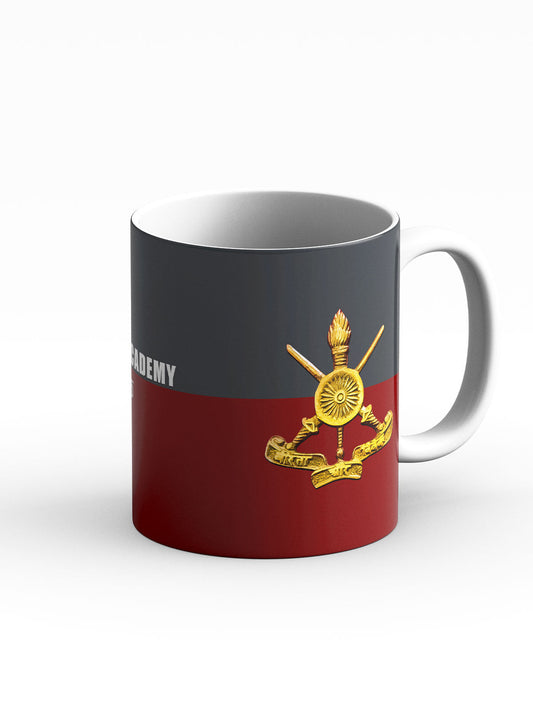
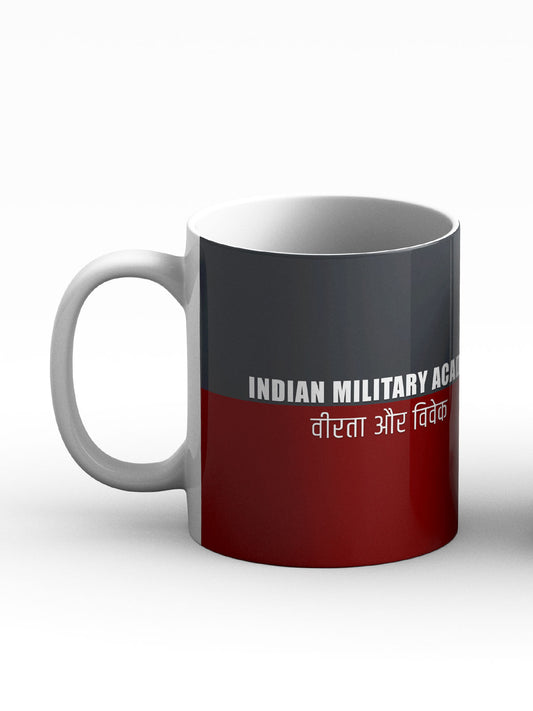
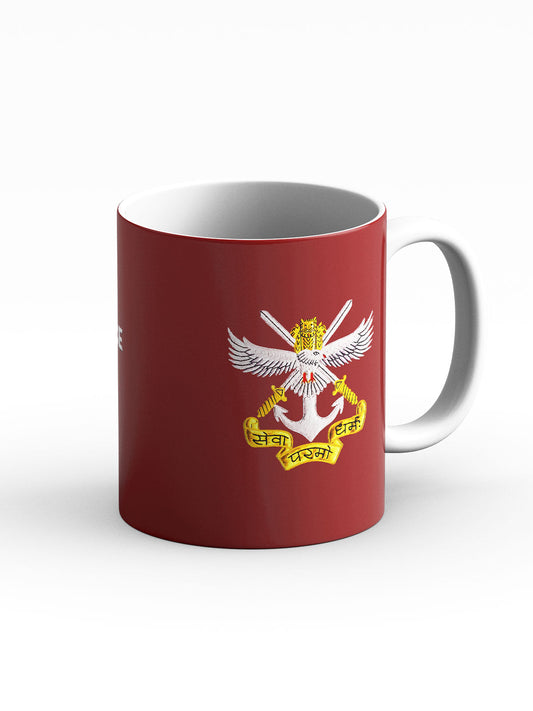

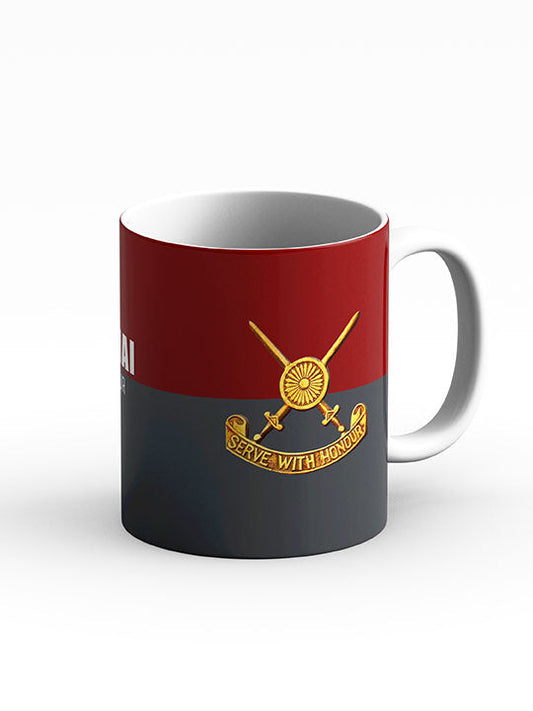

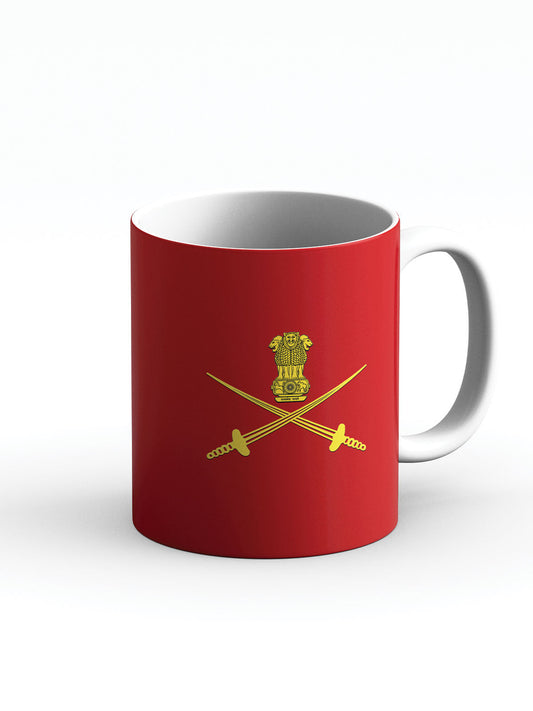
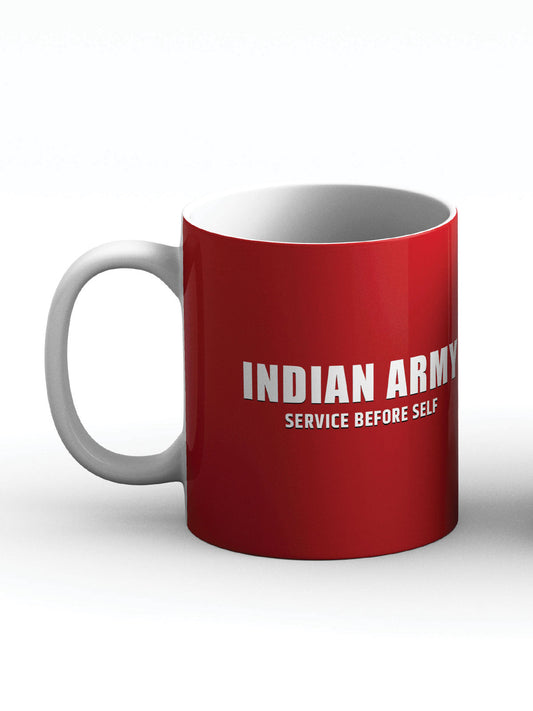
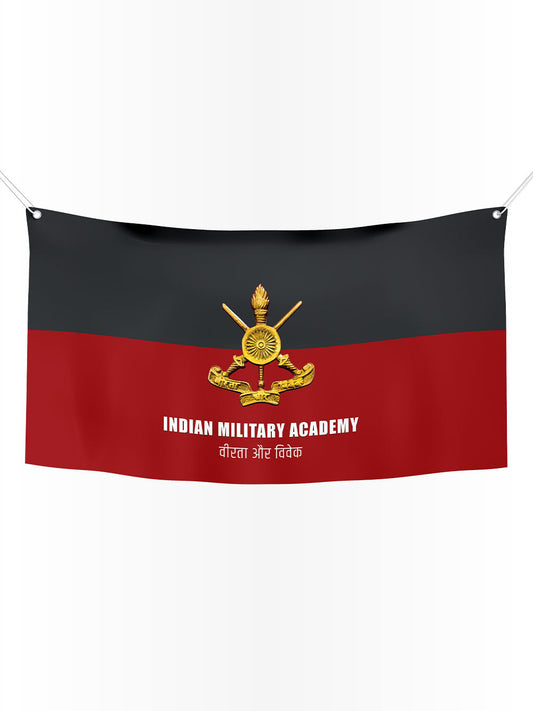
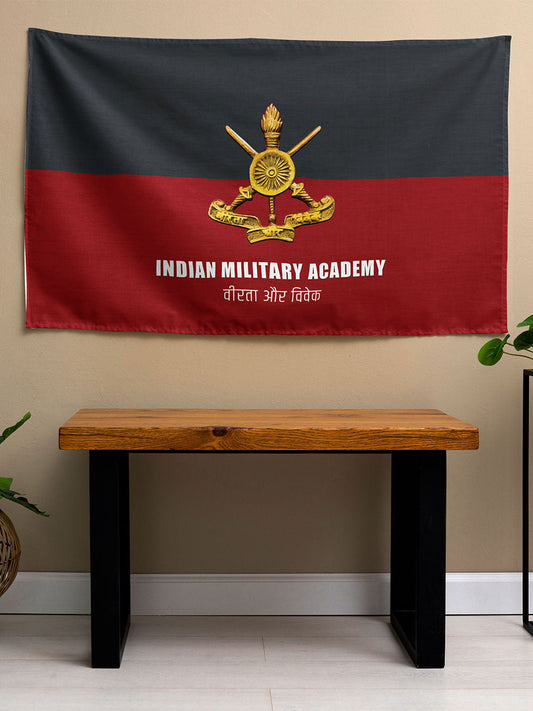

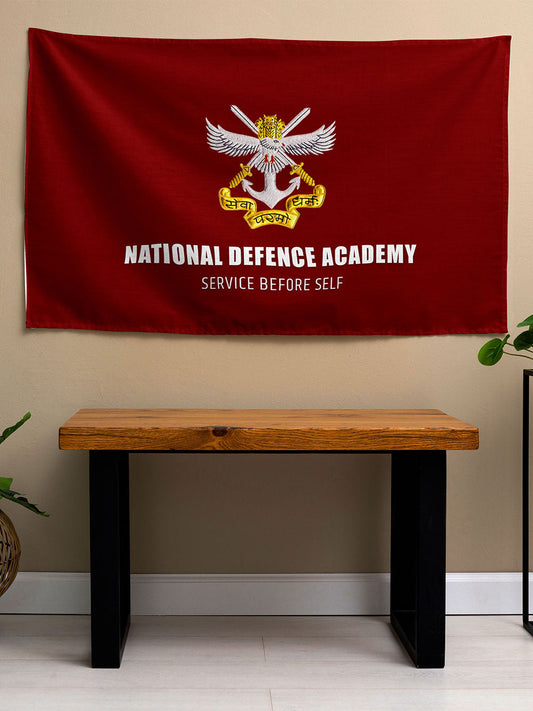
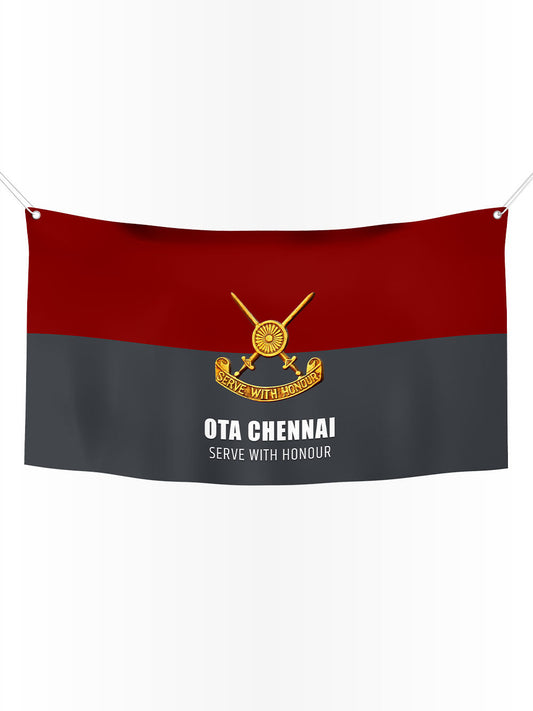
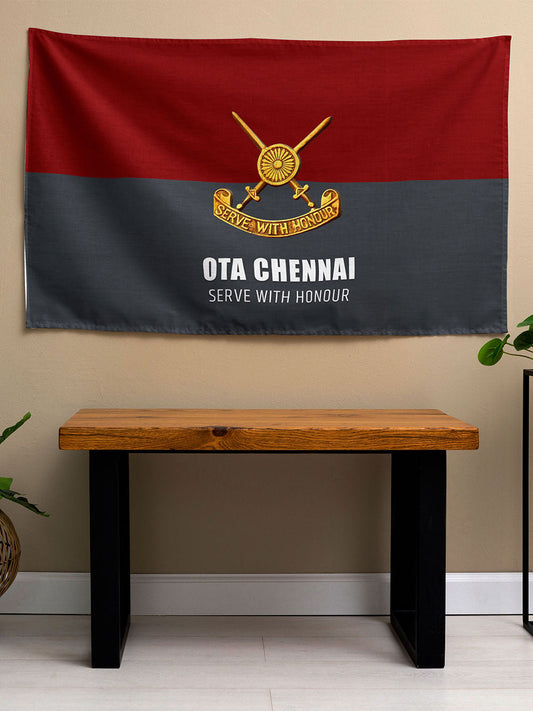
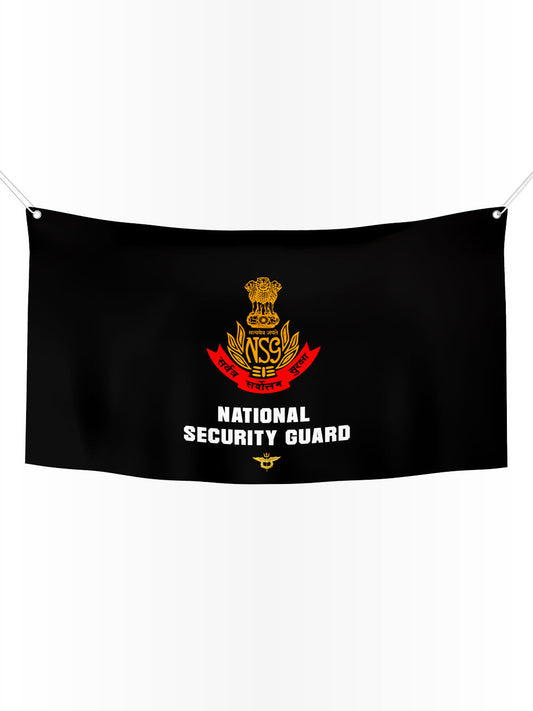
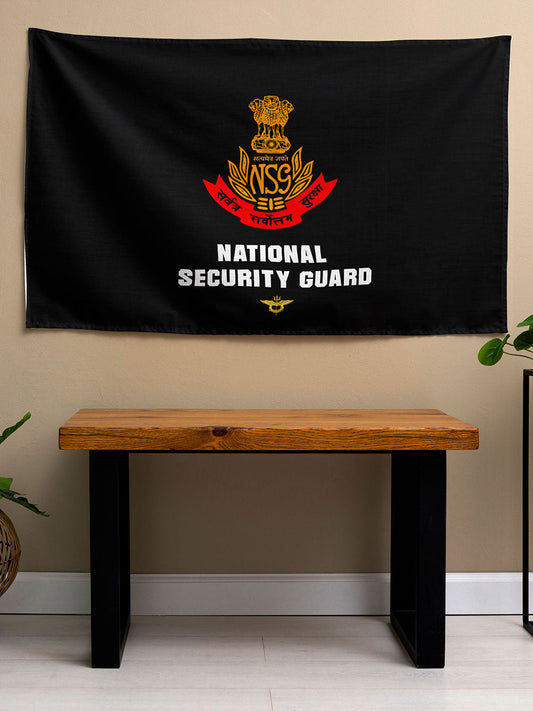

2 comments
Thank you for sharing, very helpful for my ssb.
Thankyou for this helpful PPDT introduction!!